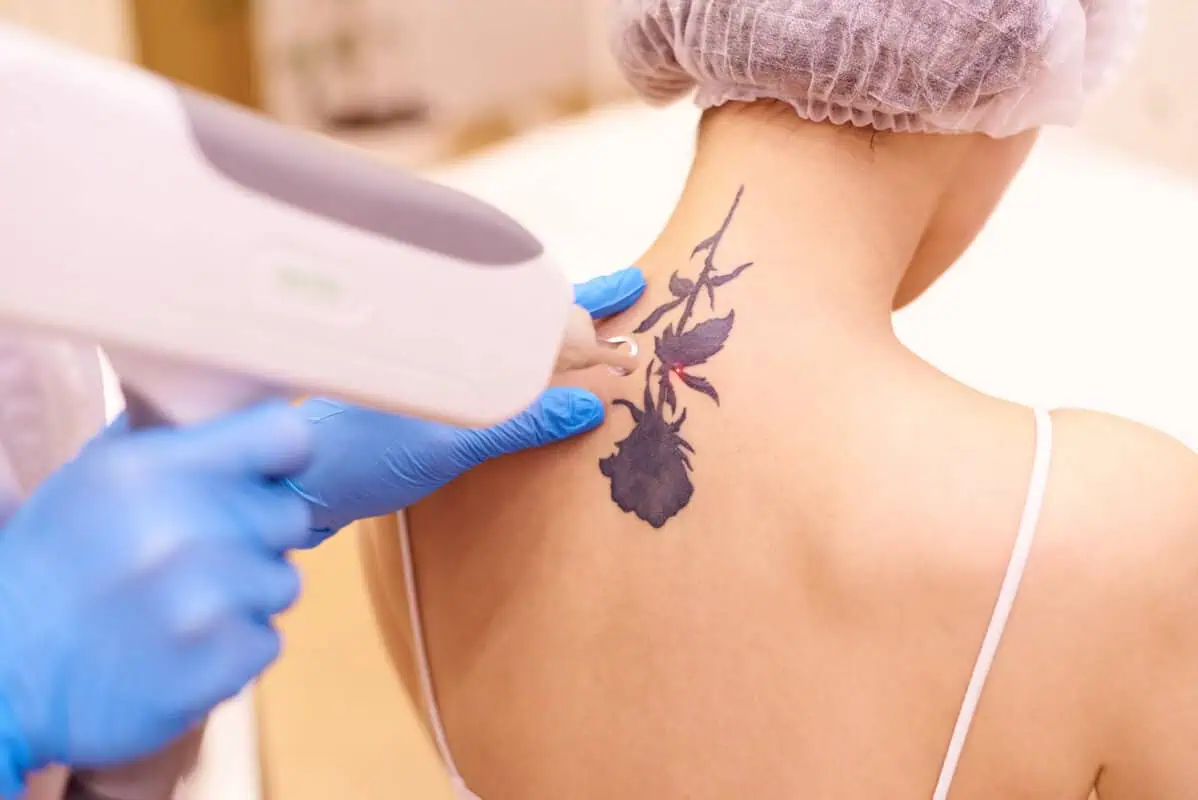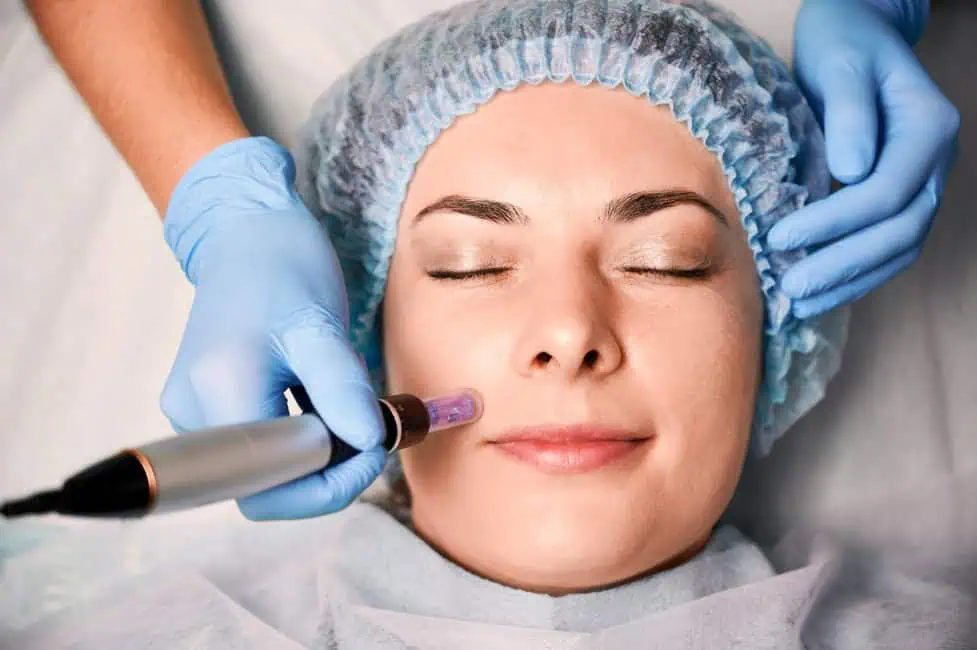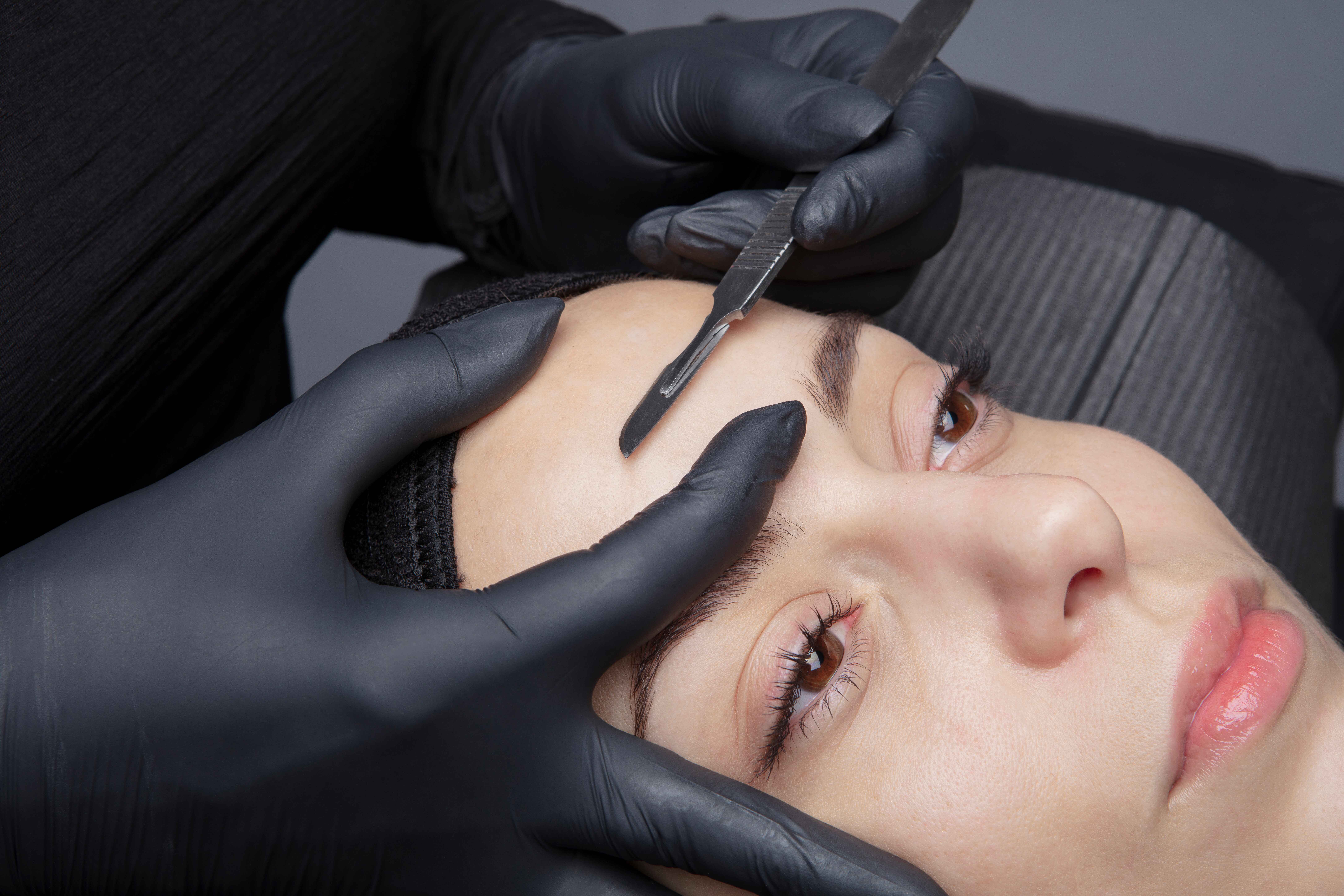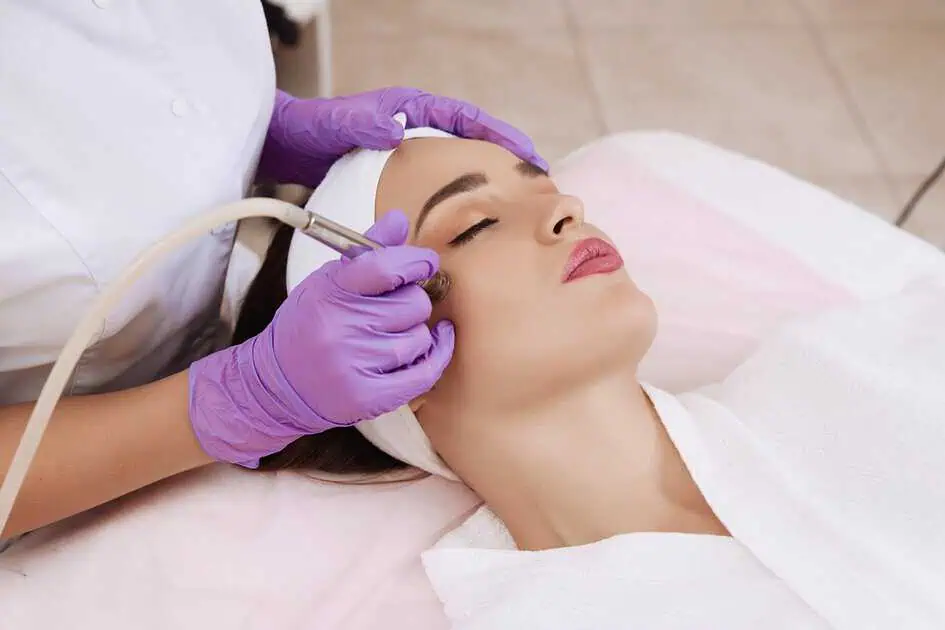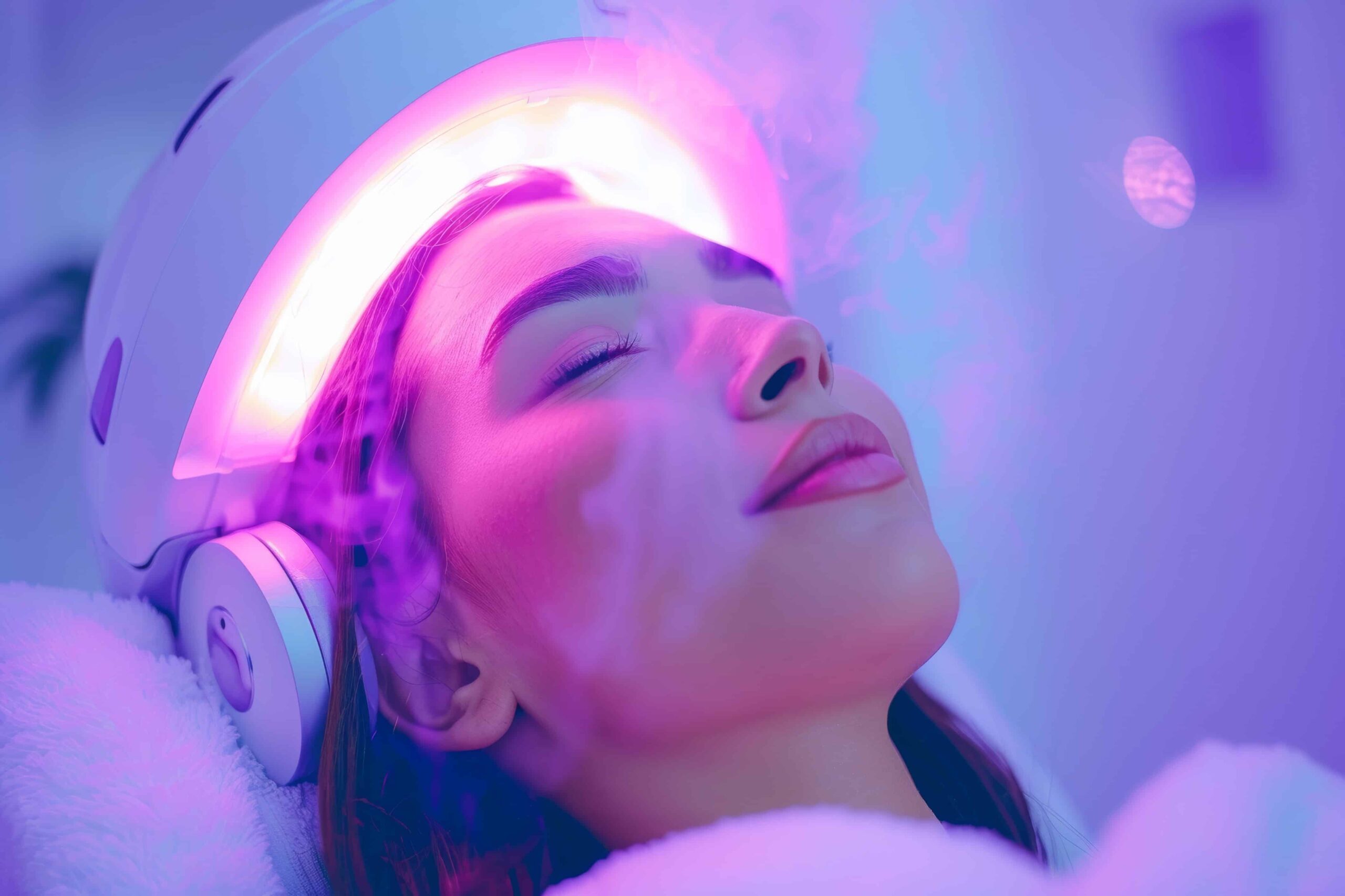Laser tattoo removal is a precise procedure that targets unwanted ink embedded in the skin. While effective, this process requires careful aftercare to guarantee that the skin recovers properly and the ink is removed as thoroughly as possible. Following the treatment, the skin is in a delicate state, and how you care for it can significantly impact the overall outcome.
Proper skin management during the recovery period minimizes the risk of complications and supports the body’s natural healing process. Whether you’re removing a small design or a larger, more complex piece, understanding the steps involved in post-treatment care will help you achieve the finest possible results while preserving the health and appearance of your skin.
Immediate Post-Treatment Care
After a laser tattoo removal session, the addressed area is a controlled wound. The laser’s energy targets the tattoo ink, inducing it to fragment into smaller particles that are then gradually eliminated by the body’s immune system. However, this process also causes some degree of thermal injury to the surrounding skin, leading to inflammation, redness, and tenderness.
Keeping the Area Clean
Once you’ve undergone laser tattoo removal, your skin will be tender and vulnerable. The first thing you’ll need to do is keep the treated area clean. Use a mild soap and lukewarm water to gently wash the area, then pat it dry with a clean towel. Avoid hot water, as it can aggravate the skin further. The goal is to remove any lymphatic fluid or ink residue that might have surfaced after the treatment without causing additional irritation.
Applying Antibiotic Ointment
After cleaning, spread a thin layer of antibiotic ointment. This step is about preventing infection and creating a moist environment that encourages faster healing. A moist wound heals more efficiently, minimizing scabbing and other complications. Use a clean fingertip or sterile applicator to apply the ointment, and then cover the area with a sterile bandage to protect it from dirt and bacteria.
Managing Pain and Discomfort
Pain and swelling are common after laser tattoo removal, particularly within the first 24 to 48 hours. These symptoms are the result of the body’s inflammatory response to the laser treatment, which supplements blood flow to the area and initiates the release of various healing factors.
Cold Compresses for Swelling
Swelling is a normal response to laser treatment. To manage it, cold compresses can be your best friend. They work by constricting blood vessels, which helps reduce inflammation and numb the area slightly to alleviate discomfort. Make sure to wrap the cold compress in a clean cloth to shield it from direct contact with your skin, and apply it in 15-20-minute intervals.
Over-the-Counter Pain Relief
If the pain persists, over-the-counter medications like ibuprofen or acetaminophen can provide relief. These not only help with pain but also reduce inflammation, making your recovery more comfortable. Steer clear of aspirin, as it can thin your blood and increase bruising likelihood.
Blisters and Scabs
It’s common to develop blisters or scabs after laser tattoo removal. These are signs that your skin is healing but defy the urge to pick at them. Picking can lead to infection or scarring, complicating the removal process and affecting the final results. If a blister is particularly bothersome, you can carefully lance it with a sterile needle but always consult your healthcare provider first if you’re unsure.
Long-Term Skin Care
Once the initial healing phase has passed, focusing on maintaining the skin’s health and preventing complications such as pigmentation changes or scarring is important.
Moisturizing the Area
Once the initial healing phase is over and any scabs have naturally fallen off, it’s time to moisturize. Keeping the skin hydrated is necessary for preserving its elasticity and facilitating the growth of healthy new cells. Choose a fragrance-free moisturizer to avoid irritation, and apply it regularly to keep the skin supple and aid in the healing process.
Sun Protection
Your skin will be especially sensitive to sunlight after the treatment. Sun exposure can cause the treated area’s hyperpigmentation (darkening) or hypopigmentation (lightening). To prevent this, use a broad-spectrum sunscreen with an SPF of 30 or higher whenever you go outside. UV rays can penetrate and affect your skin, even on cloudy days or during the winter months, so don’t skip this step.
What to Avoid Post-Treatment
Certain activities and products can hinder the healing process or increase the risk of complications. Being mindful of what to avoid can significantly improve the outcome of your laser tattoo removal.
Avoid Heat and Water Exposure
During the healing process, avoid activities that could expose the treated area to undue heat or water, such as saunas, hot tubs, or swimming. These environments can exacerbate swelling and introduce bacteria into the healing wound, increasing the risk of infection.
When showering, avoid directing high-pressure water onto the treated area. Instead, let the water gently flow over it, and pat it dry afterward. Submerging the area in water, such as in a bath, should also be avoided until the skin has fully healed.
No Picking at the Skin
Picking at scabs or blisters can be tempting, but doing so can cause permanent damage. Allow the skin to heal naturally. If you experience itching, try applying a moisturizing ointment or taking an antihistamine to alleviate the discomfort.
Monitoring and Follow-Up
Regularly monitoring the treated area is necessary to ensure the skin is healing properly and detect any potential complications early.
Watching for Signs of Infection
Aftercare isn’t just about what you do; it’s also about what you watch for. Keep an eye out for signs of infection, such as unusual redness, persistent swelling, or pus. If you notice any of these, contact your healthcare provider immediately. A seemingly simple infection can lead to severe complications if it’s not treated early.
Scheduled Follow-Ups
Finally, don’t skip your follow-up appointments. During these sessions, your provider can monitor your progress and adjust your treatment plan if necessary. It takes patience to get rid of a tattoo, so regular check-ins keep everything on track.
Takeaway
Doing your diligence after laser tattoo removal is more than just a routine—it’s the key to ensuring your skin heals well and that the results match your expectations. Every step during the recovery process affects your skin’s appearance once the tattoo is gone. With the right strategy, you can minimize risks, avoid complications, and help your skin return to its natural state as smoothly as possible.
If you’re considering laser tattoo removal or have already started the process, Elysian Wellness Clinic is here to support you every step of the way. Our expert team offers personalized aftercare advice and cutting-edge treatments to help you achieve clear, healthy skin. Contact us for your assessment today!
